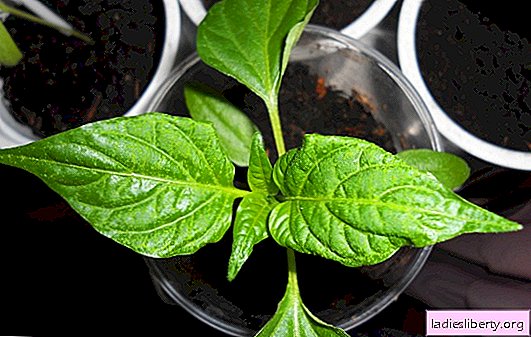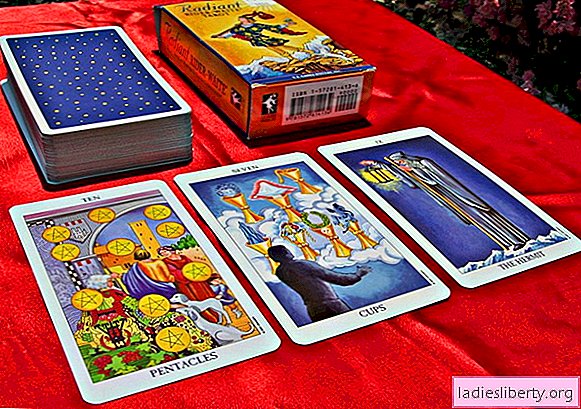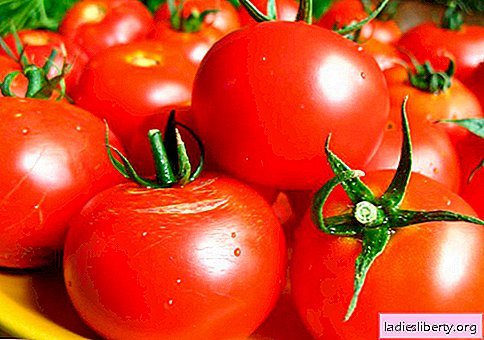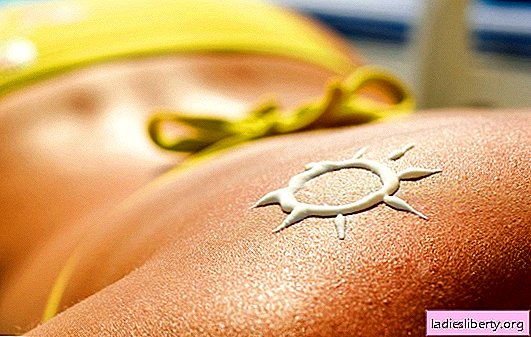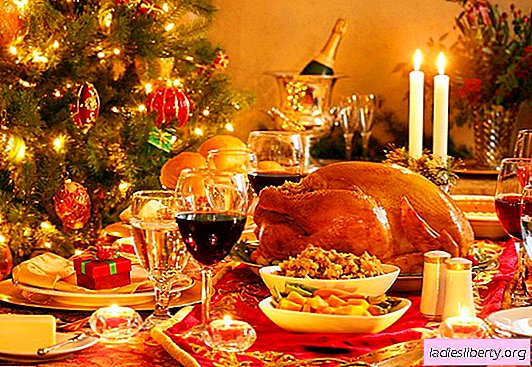
How to make a decoupage with your own hands - many ask themselves after they see what lovely little things can be made from improvised material. The highlight of decoupage is that you can give a new life to old faceless objects with your own hands. Thus, decorate your home, and the home of your friends. In this article, we will consider the basic techniques for creating a decoupage with your own hands.

Spice rack
How to make decoupage from a pine blank. In this master class, we will show the basic techniques and reveal small tricks, without which it is impossible to create a decoupage product.

Is required
• Harvesting
• Primer (acrylic paint)
• Synthetic brush
• Fine sandpaper
• Paints
• Matte or glossy varnish
• Stain (color Cherry and Walnut)
• PVA glue
Step 1. First, you should pay great attention to the workpiece. In general, you can create from absolutely any item: old bottles, tea and coffee cans, teapots, and even suitcases. The approach to objects is different - but there is one thing in common - the workpiece should be smooth, without chips and cracks. If any, they must be puttied. Putty can be purchased at any hardware store. The surface of the workpiece should be thoroughly walked with emery - a smooth, even surface will look much neater than a bumpy one.
Step 2. We continue to work with the workpiece. Before you start creating anything on it, the surface should be primed. Most often this is done with white acrylic paint. Options are possible, if the author's idea requires it, the soil can even be black. In general, the soil is needed in order to level the surface qualitatively, and also so that the texture of the tree does not appear through the future drawing, we will make a reservation if the author's idea does not require it.

We put the soil in 2-3 layers until the surface is evenly stained. Each layer should dry well, you can use a hairdryer. If necessary, the soil can be additionally sanded with sandpaper.
The soil composition should not be thick, but not watery, it is better to apply it with a large flat brush with a soft synthetic pile. It is better to act in one direction - from edge to edge, do not spend twice in one place.
Step 3. Any image can become a motive: a napkin, an image printed on a laser printer, and even a wrapper from chocolate candy! In our case, this is a napkin. Glue it on a primed surface. But first you need to separate the lower layers from it, usually 2 or 3. We leave the topmost one. Do not worry that the picture without the substrate has lost its paint - this is the third reason why you need to prime the surface. A napkin glued to a white background will flash in bright distinct colors, they will become more saturated. And on a faded, grayish background, on the contrary, the colors go out.
Step 4. The top layer of the napkin is very thin, so the easiest way is to stick it with the “file method”. For some, a file is known as a mic. We put a napkin on the transparent file with the picture down and gently, but quickly wet it with water. We use a wide soft brush, simultaneously driving out air bubbles from under the napkin. While the hand is full, more than one napkin will break. If the gusts are uncritical, you can later tint them directly on the workpiece. Here you need to evaluate your abilities and capabilities. It’s one thing to smear a couple of times, and it’s quite another to paint over the gaps, simultaneously drawing a lost picture. Not everyone has an art education and not everyone has a firm hand.

Step 5. After the napkin gets wet, we press the file to the product, rolling on the microphone with a pressure roller. It can be purchased at a hardware store. The roller will press the napkin, after which you can carefully remove the film. After - from above you should go with PVA glue so that the motive sticks to the workpiece. If wrinkles appear, it doesn’t matter when the drawing dries well, the wrinkles can be sanded off with emery and varnished.
Step 6. On the shelf, the soil is applied only in those places where it is planned to stick the drawings. They decided to cover the sides with a stain. Soaking is a technique for decorating wooden products. Stain literally “blows up” wood with its color, revealing all the veins and rings. It does not make sense to apply it on a flat, textureless surface - staining is productive where there is heterogeneity.

Step 7. At the final stage, you need to coat the product with varnish, 2-3 layers. The varnish gives shine to the craft and provides long-term safety. Varnishes are matte, glossy, with a touch of patina. It is difficult to advise which one to use in a certain case - each product has its own varnish. Somewhere you can not do without a luxurious gloss and somewhere, the brilliance is simply inappropriate.
How to make decoupage if the area of the picture is less than the area of the workpiece. Everything is simple here - tinting, mixing in the palette of paint.


Thus, sometimes you have to adjust the picture to the surface area, filling in the white fields. In general, there is no need to be afraid to mix paints, because after failures experience comes, and with it quality work.
How to make decoupage from a bottle of champagne

The basic principles of the work are the same, but there are several nuances.
Step 1. First you need to wash the label off the bottle and degrease the surface. You can use alcohol or nail polish remover.

Step 2. Primer the surface. For bottles, it is better to use a sponge or sponge - the brush will leave ugly stains. Many decoupage women call this technique “smacking” because of the specific sound that comes from the contact of the sponge with the surface. In order not to stain the golden label, you can "hide" it under a layer of masking tape.

Step 3. Sticking the motive on the bottle. Small pictures are most often used on a bottle, so you can use the “file method” or glue the picture directly, stroking it with a brush dipped in PVA glue.
Step 4. Since the champagne bottle is most often opened in a festive atmosphere, it can be sprinkled with sparkles, and then varnished.
Doing a decoupage with your own hands is like investing a part of yourself in a gift - not a loved one will refuse such a presentation.

